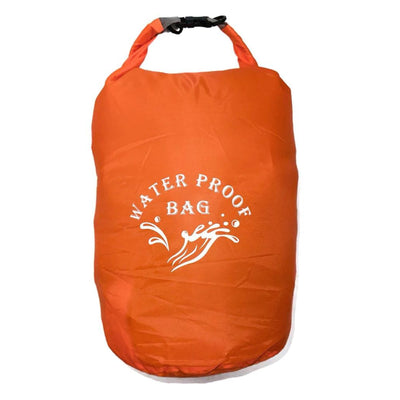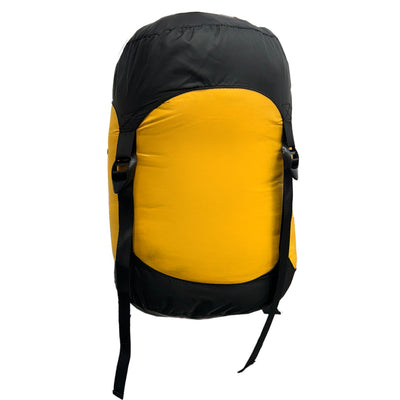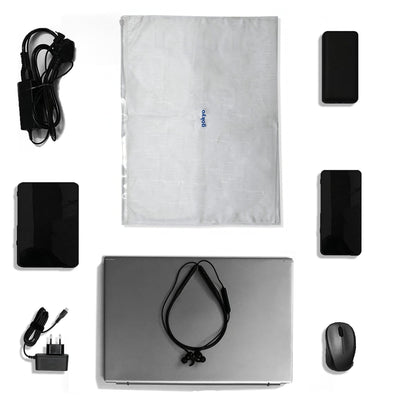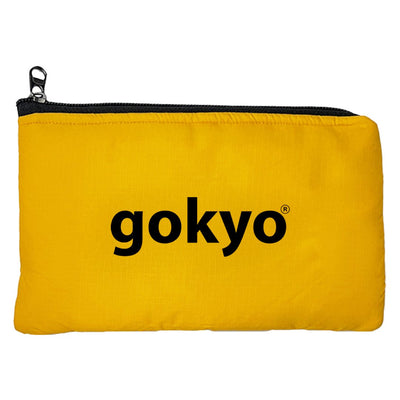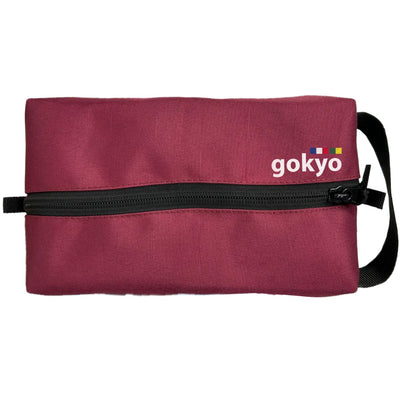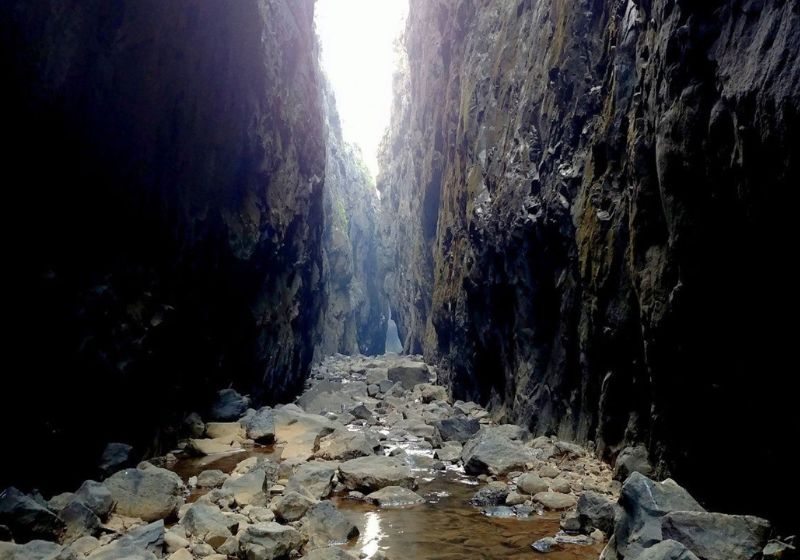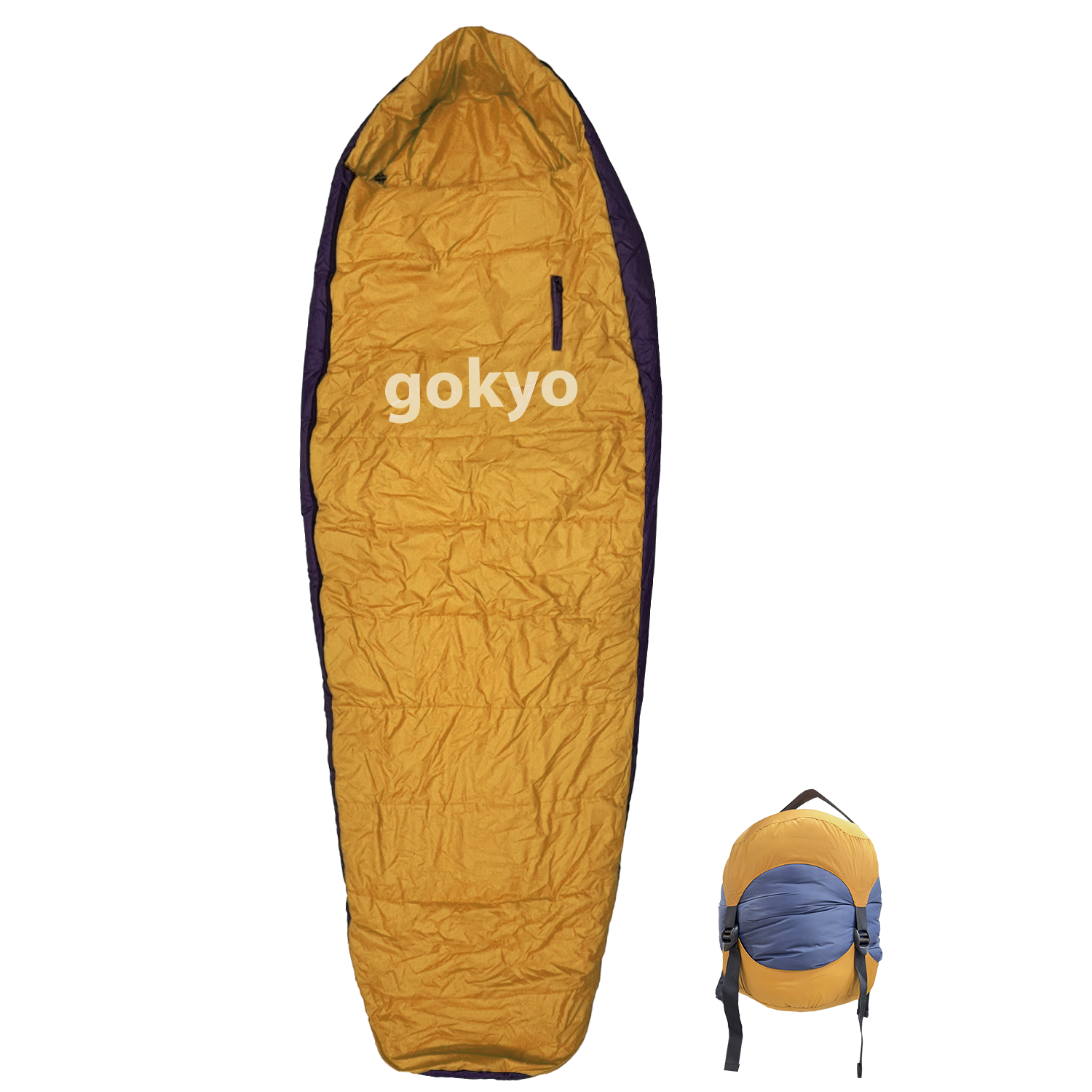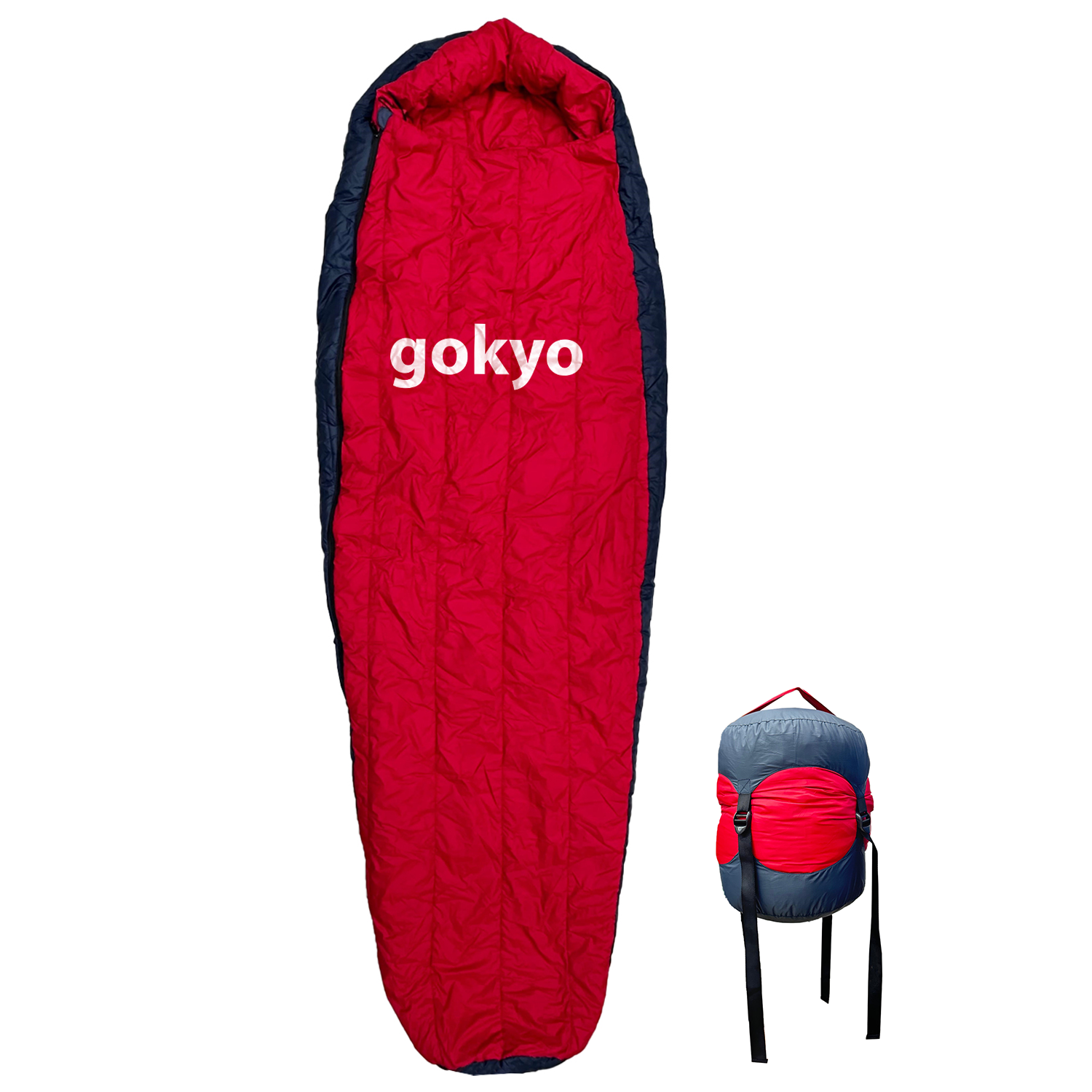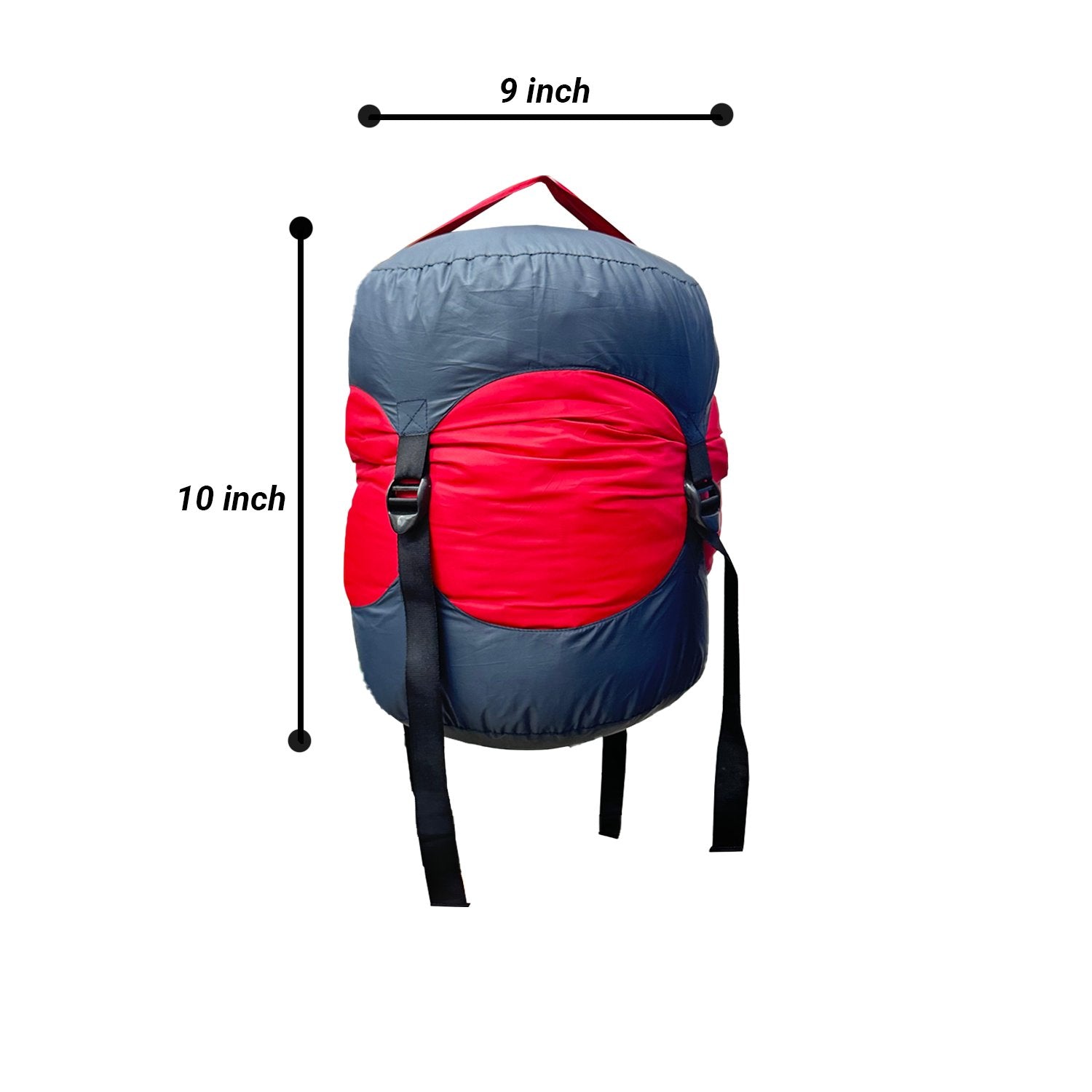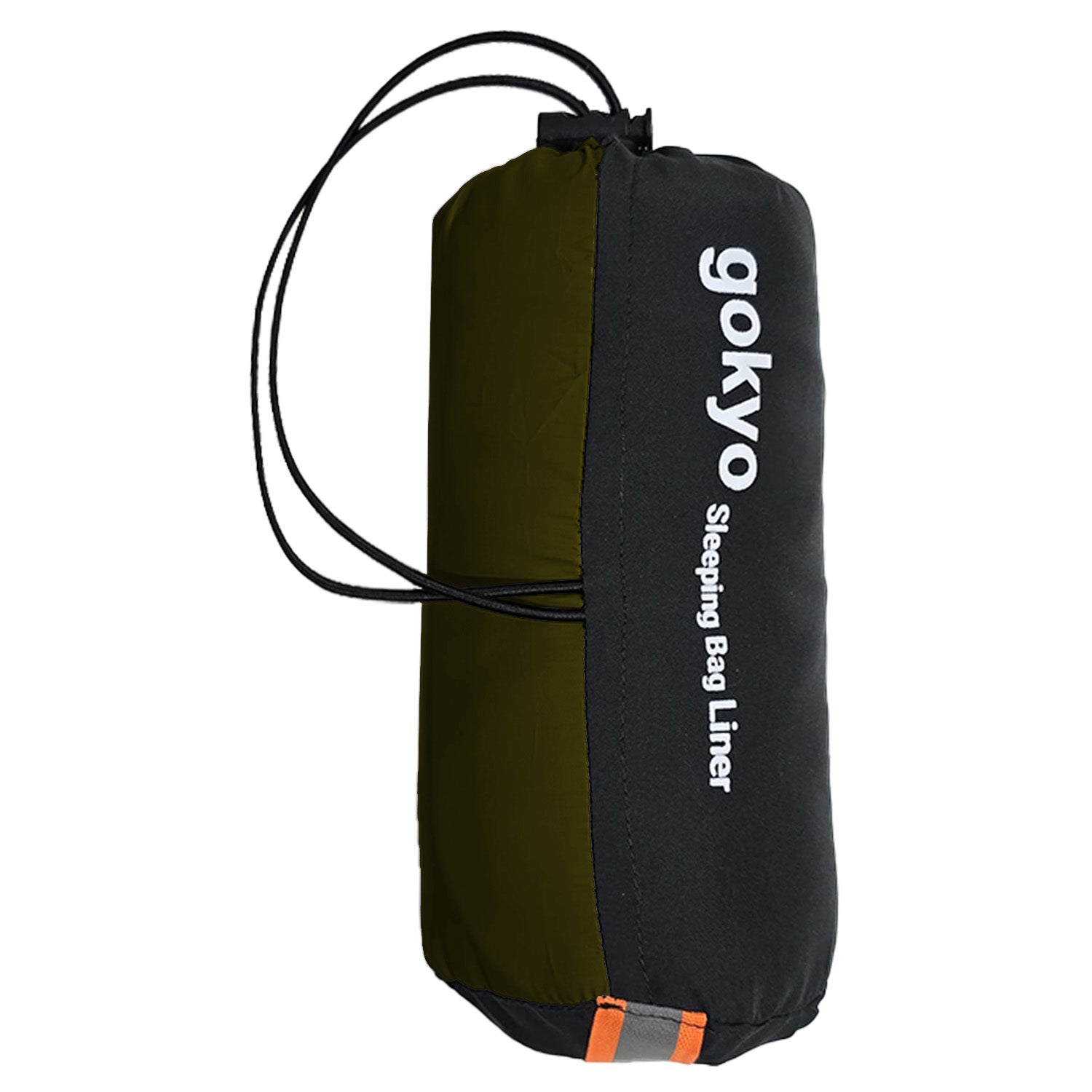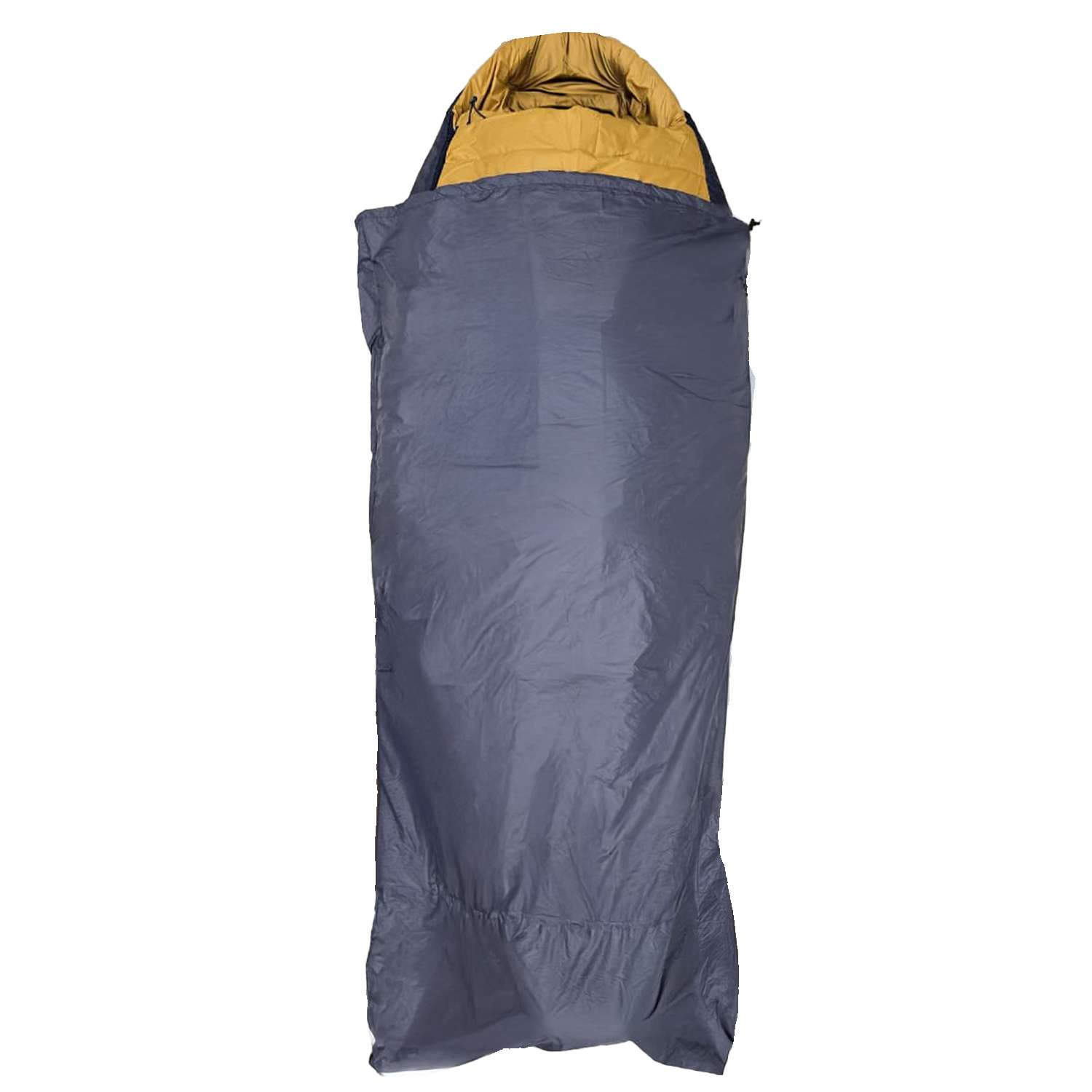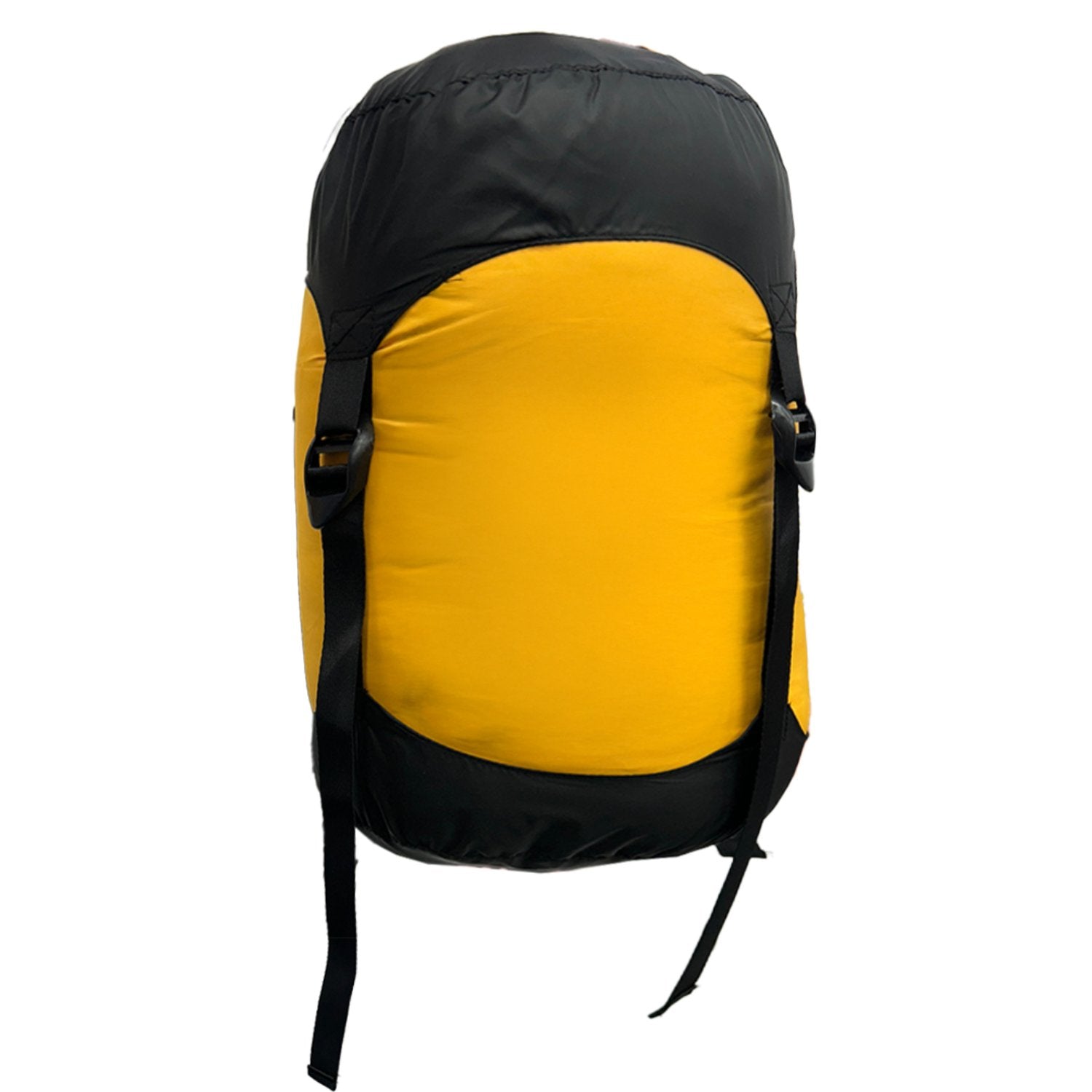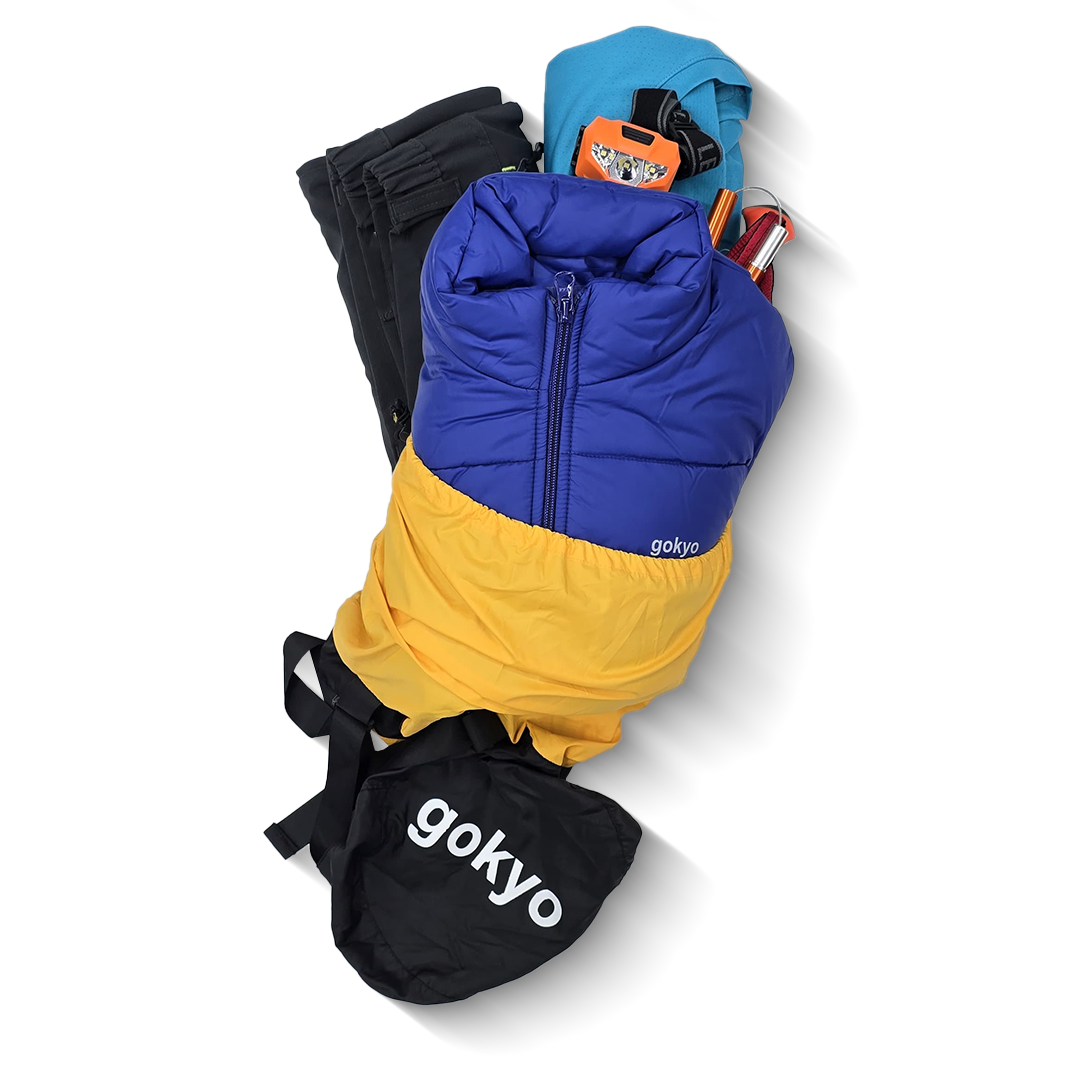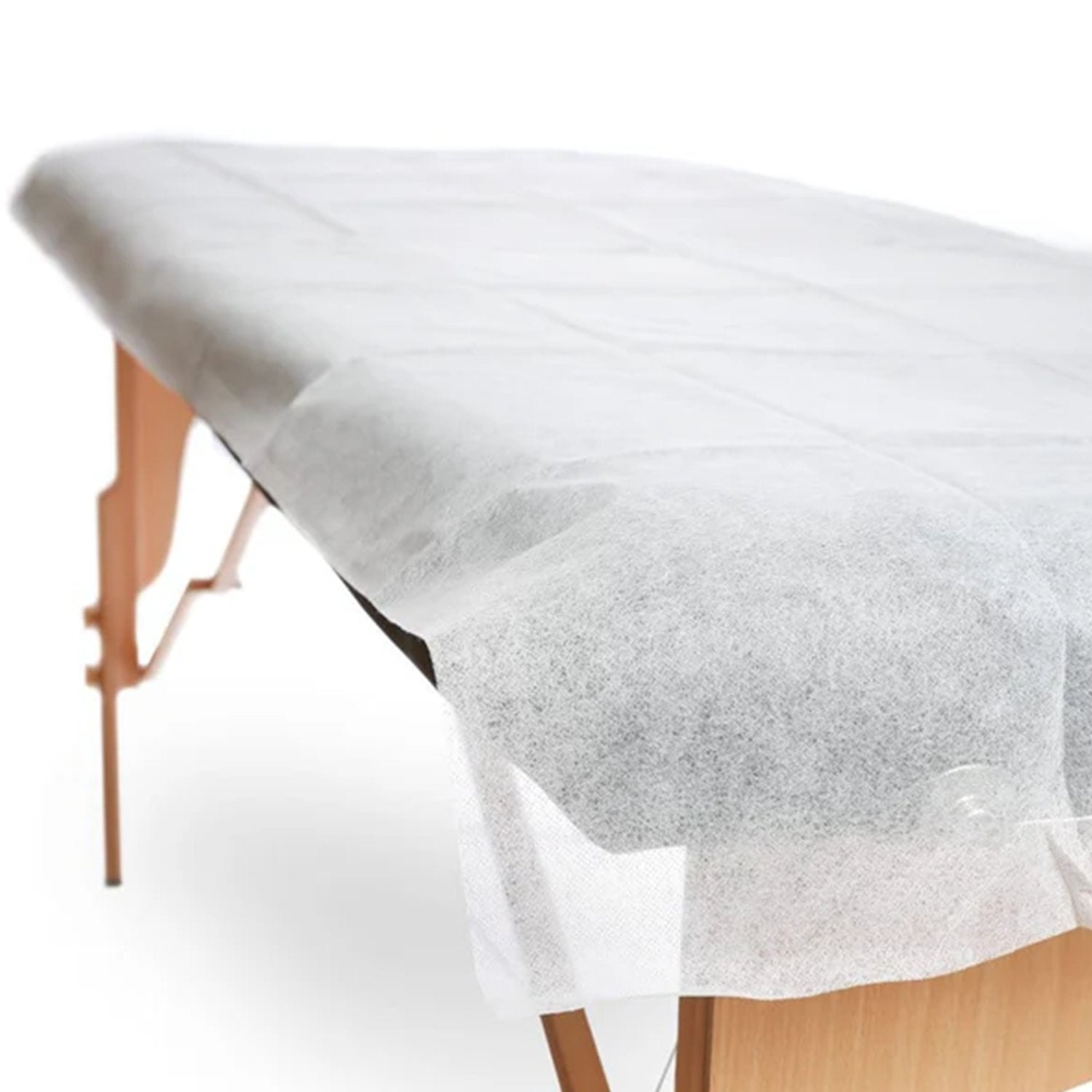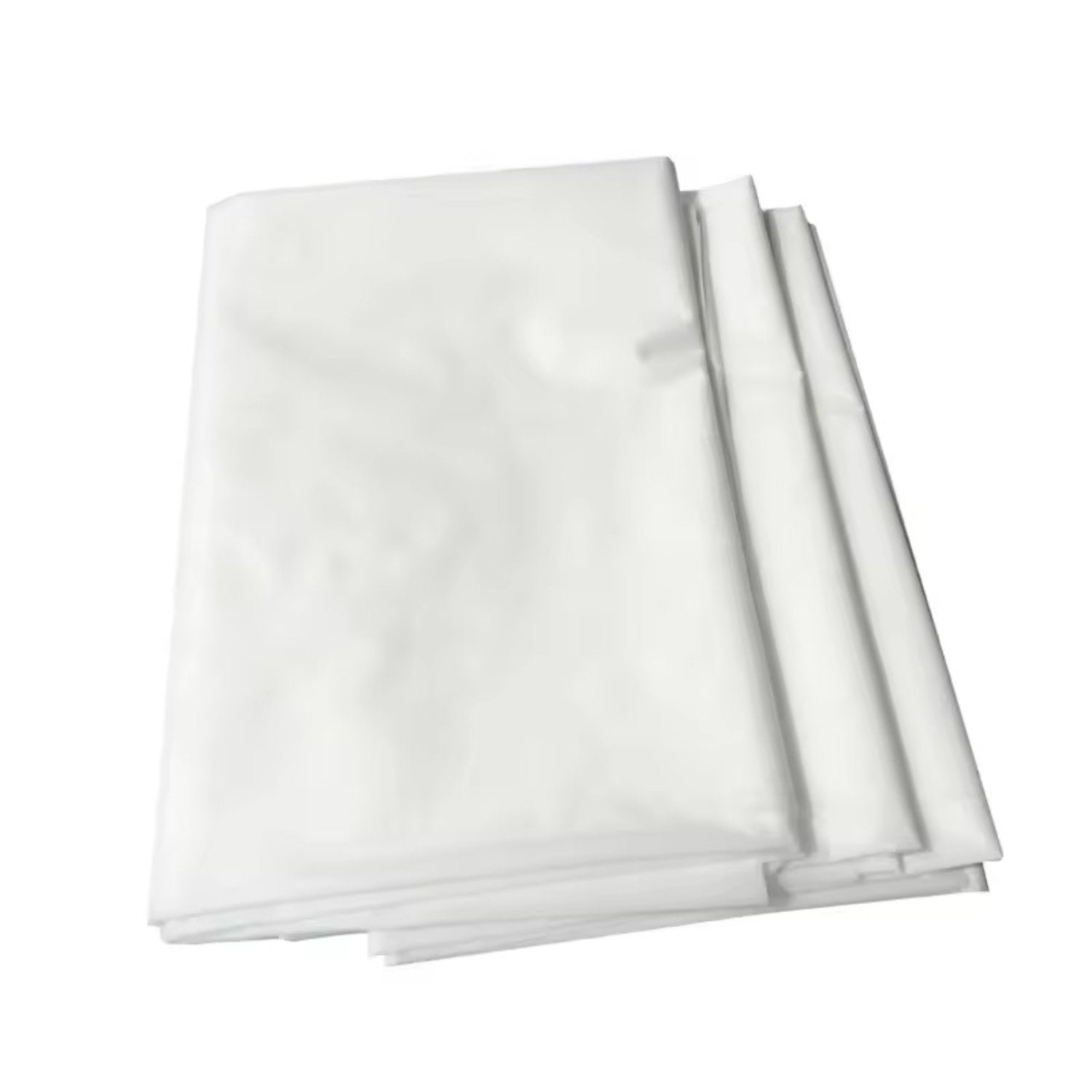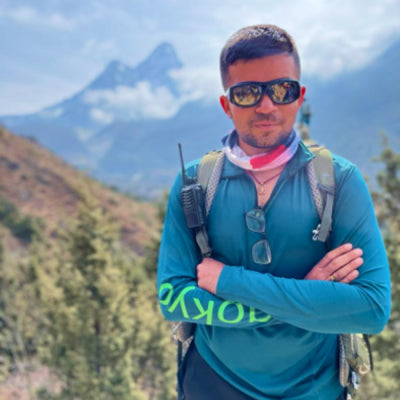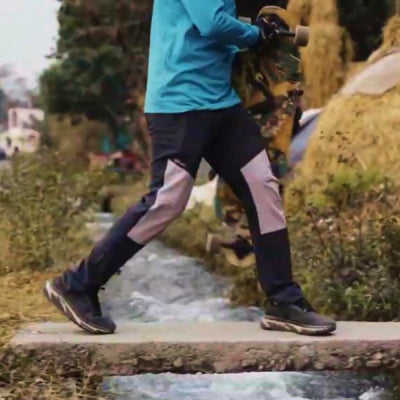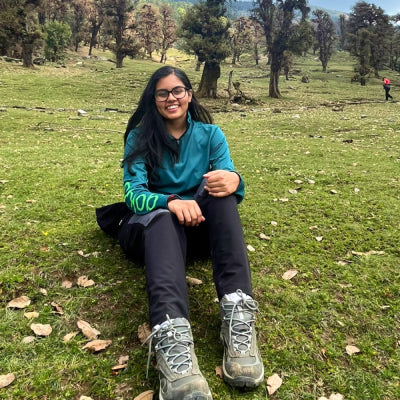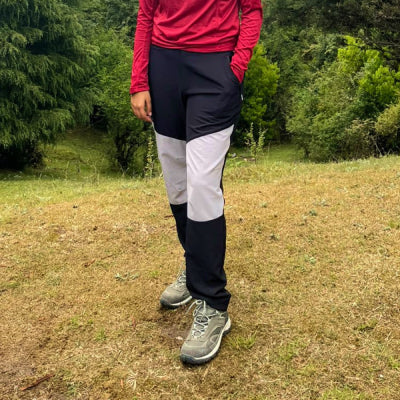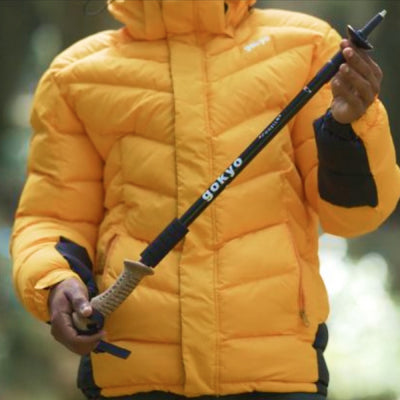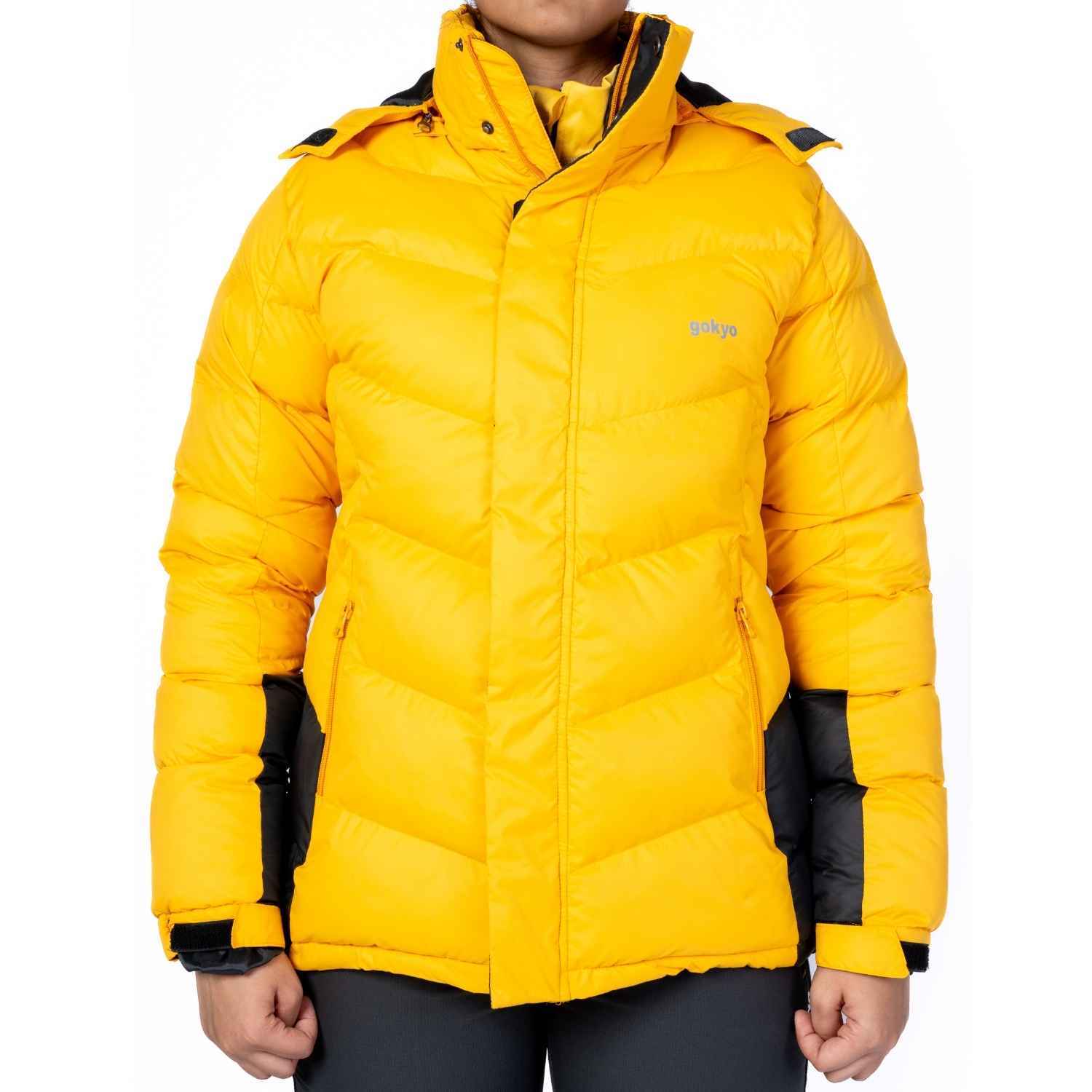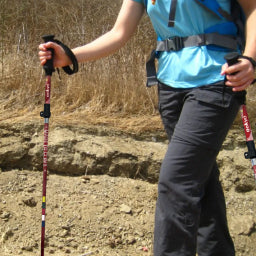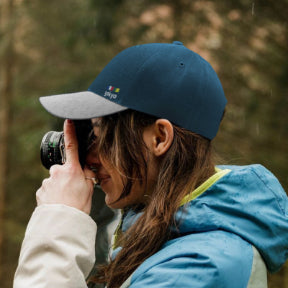Sleeping bags are a very important piece of equipment for outdoor activities and trekking. Because it keeps you comfortable and supports you, it is imperative that we take care of it. Your entire experience of the adventure depends on your choice of sleeping bag. You may have heard the term "temperature rating" while looking for a sleeping bag. Have you ever wondered what it means and how the sleeping bag is related to it? If so, you are in the right place because we are here to fully explain sleeping bag temperature ratings.
What is the temperature rating?
Simply put, the temperature rating tells you the lowest temperature at which it can keep you warm and protect you. If a bag is rated at 20°F (-6°C), for instance, it is made to keep the average person warm.
However, not every temperature rating is equal. There are different methods, and here we are to learn everything we can about them.
- EN and ISO ratings: The sleeping bags that are used in the modern era are either tested in EN13537 or ISO23537 standards. People from all over the world rely on these standards and use them in their outdoor adventures a lot. These have three key values that are comfort rating, limit rating, and extreme rating, signifying the temperature a cold sleeper or a warm sleeper can sleep and the lowest temperature a bag can protect you at, respectively.
While shopping for a sleeping bag, it is recommended to focus on comfort and limit rating.
How to choose the right temperature rating:
1. Know the temperature of your destination:
Before you set foot on a bag sleeping bags hunt, research the temperature trends of your destination. Keep in mind the temperature drops, if any, your destination faces, especially if you are going to an area of high altitude. If you are going in seasons like fall and spring, the weather tends to change quickly.
2. Factor in your sleeping style:
Some people are cold no matter where they are. If you are one of them, it is highly suggested that you to go for bags that have slightly lower temperature ratings. Go for a comfort rating or even below. On the other hand, if you are a warm sleeper, you can go with the limit rating.
3. Add a buffer zone:
It is always better to be safe than to regret. That is why it is suggested to give yourself a buffer of 10 degrees. Which means, if you expect the lowest temperature to be 30 degrees, go for a sleeping bag with a temperature rating of 20 degrees so that you are prepared for even the most unexpected dip.
4. Consider insulation type:
Choosing the right type of insulation is very important. Down insulation offers great warmth, but unfortunately does not perform when wet. Whereas, synthetic insulation works well in damp weather too. If you want to pack light, consider the insulation well enough and then choose travel bags.
5. Account for clothing and accessories:
The warmth you feel inside the sleeping bag is not the work of only the sleeping bag; what you wear with it also has its impact. Therefore, if you feel too hot in the bag, it is suggested to wear something breathable.
Conclusion
Choosing the right trekking sacks might sound tricky, but more than numbers, it is about understanding what is perfect for your body. Scroll the digital aisle of Gokto and get your hands on the best sleeping bags. Make sure to consider the above-given instructions before buying one.
Carry Smart with Our Lightweight Trekking Sacks
Frequently Asked Questions (FAQs) :
1. What does the temperature rating on a sleeping bag mean?
The temperature rating shows the lowest temperature at which the sleeping bag can keep an average person warm. For example, a bag rated at 20°F (-6°C) is meant to keep you comfortable down to that temperature.
2. What’s the difference between comfort, limit, and extreme ratings?
These are standardized ratings. Comfort is for cold sleepers, limit is for warm sleepers, and extreme indicates the minimum survival temperature. Comfort and limit ratings are the most reliable when choosing a sleeping bag.
3. How do I choose the right sleeping bag for cold weather?
Check the weather forecast for your destination and pick a sleeping bag rated at least 10°F lower than the lowest expected temperature. This buffer ensures you're prepared for any sudden drops in temperature.
4. Does insulation type affect temperature rating?
Yes, it does. Down insulation is lightweight and warm but performs poorly when wet. Synthetic insulation is bulkier but works better in damp conditions, making it a good choice for unpredictable weather.
5. I'm a cold sleeper—what should I consider when buying a sleeping bag?
If you tend to feel cold, go for a sleeping bag with a lower comfort rating than the expected temperature. You can also layer up or use a sleeping bag liner for extra warmth.
6. Can clothing affect how warm I feel in a sleeping bag?
Yes. Your clothing plays a big role in warmth. Lightweight, breathable layers are best. Avoid wearing too much, as it can compress the insulation and reduce warmth.



